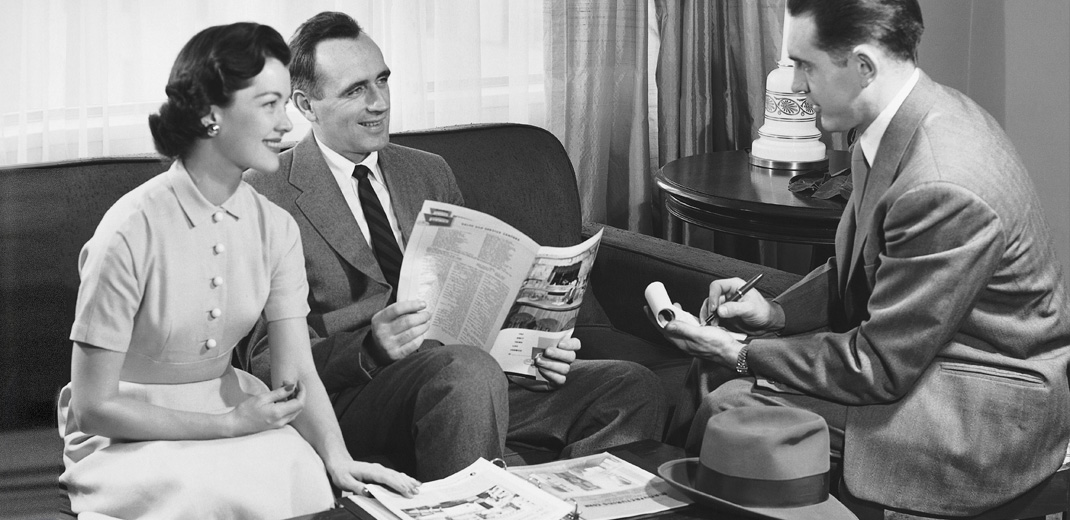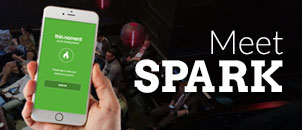How Cotopaxi won at content marketing
It’s February 21, and I am jumping into a pool of snowmelt beneath a red rock waterfall, just outside Las Vegas. I am fully clothed, and my left hand is clutching an inflatable sleeping pad. After the plunge into the hypothermic tub, I heft myself onto the sleeping pad and paddle to shore. Three tasks completed, 18 points, all caught by my teammates on a smartphone and uploaded to Facebook. This is Questival: a 24-hour adventure race and act of content marketing genius that offers five invaluable UGC lessons.
A business textbook might one day say that Cotopaxi, the outdoor clothing and gear brand behind Questival, succeeded by combining mobile technology, gamification and user-generated content (UGC) in one campaign. Having now completed Questival, I have a much better explanation: Questival brought out comedy, courage and humanity in hundreds of people. Questival deepened friendships by creating a journey we’d never take otherwise – a journey that also happened to reflect the values of Cotopaxi.
Instead of trying to create a ‘relationship’ between individuals and the brand, Cotopaxi strengthened relationships among friends and strangers wrapped up in the hilarity of Questival. Instead of pleading for user-generated content, Cotopaxi made UGC the inevitable byproduct of our joy and competitiveness.
Backdrop: The Why and How of Questival
Questival began as the launch party for Cotopaxi, a public benefit corporation with $3 million in venture capital and one of few outdoor brands that only sells direct to consumers. Its “Gear For Good” model promises that each purchase contributes to a humanitarian cause in the local community that produced the item. The brand and its values are truly Millennial bacon.
In April 2014, Cotopaxi and its agency Causebrands launched Questival in Salt Lake City, Utah. 1,500 competitors traveled all over Utah completing challenges, and word quickly spread. Within 24 hours, Questival yielded 30,000 social media posts that reached one million followers, and the event was profitable in its own right. So, Cotopaxi did it again, and Questival is now on track to hit over 25 cities. I learned about it from my two Las Vegas teammates who participated in the first Questival and raved about it (i.e. word-of-mouth, brand ambassadors…people being human).
Here’s how it works: Questival invites teams of two to six people to complete over 300 outdoor, community service and quirky tasks within 24 hours. The task list is emailed to competitors 48 hours before the race. Every single task is also listed in the Questival mobile app. When you’re completing a task, you click it in the app, take a photo or video as required, add a caption and post the proof to your team page and social media sites to earn points. The top teams – determined by a combination of points and qualitative judging – earn free Cotopaxi gear, and this year’s city winners are invited to compete in the Questival World Championships, a seven-day adventure from Belize to Panama.
In Las Vegas last month, I jumped into snowmelt fully clothed in order to earn points. Floating on an air mattress and paddling a vessel were also worth points. People leg wrestled while eating corn dogs, recited limericks about llamas, worked in soup kitchens, cleaned up parks, climbed mountains and kissed strangers to earn points, too. Questival succeeded beyond the wildest expectations of this jaded reinvigorated writer, and the experience offers some UGC lessons that all marketers can put to immediate use.
5 invaluable UGC lessons
1. Connect People with People
If you’re a marketer, someone has probably told you that social media and content marketing are all about creating relationships with your audience. This is true, and maybe it has worked for you, but how many people want to chat with a brand? People are much more interested in building relationships with people, and your brand can facilitate that. Cotopaxi values, logos and staff were part of Questival, but ultimately we laughed, hiked and cooked s’mores with teammates. It still worked; I am going to buy some Cotopaxi gear.
2. Make Your Product Essential
When you sign up for Questival, your registration includes an 18 liter Cotopaxi Luzon backpack that is perfect for carrying water, snacks, props, wallets and other race necessities. Every step of the race, we were either wearing our backpacks or had them near. Consequently, bystanders saw hundreds of Millennials wearing these branded packs – and having the time of their lives. The packs of course showed up in most of our photos and videos, and they will show up in many more.
3. Involve Bystanders and Strangers
My team and I were dependent on the good will of people because the tasks required us to work with strangers. When you ask a stranger to feed you a deep fried Twinkie or slow dance to “Lady in Red,” you have to explain why you’re asking. If 20 people with matching backpacks rain dance in front of the same rain show at Las Vegas’s Miracle Mile Shops, every bystander gets curious. Conversations can’t help but begin with an enthusiastic spiel about Questival. In marketing speak, the process of producing UGC lead to word-of-mouth before we even uploaded the content.
4. Create Your Campaign for Somebody, Not Anybody
Questival tasks spanned eight categories: Adventure, Camping, Community & Cultural, Hikes, Quirky, Service, Social Media and Survival. In other words, there was something for everyone who would buy Cotopaxi gear. Yes, it attracted an outdoorsy crowd, and that’s what it should do. Cotopaxi judged correctly that celebrity trivia and word puzzles would be a bad fit.
5. Make Social Media Functional, Not Vain
I’m a lightweight social media user, but in 24 hours, I posted more content than I’d normally post in a whole year. Because social media was required for completing tasks, I didn’t feel uncomfortable using it. It wasn’t about me; it was about documenting tasks and moving our team along in the race. I produced a trove of UGC and felt darn good about it.
Questival’s strategy and execution were outstanding, but, of course, there is room for improvement. Many teams were unable to upload videos on a cellular connection. Smartphone battery life was an ongoing struggle. Teams could theoretically cheat (e.g. take a picture of a tent and claim they camped), but if it ever becomes problematic, Cotopaxi can add software to their app that authenticates the time and location of every photo. Ironically, you couldn’t immediately buy Cotopaxi gear at the after-party – you could order it via iPad and wait for it to reach your home. These issues were minor.
On a personal level, Questival was an empowering experience. It pushed me to interact with complete strangers in ways normally I wouldn’t. As a PR/marketing writer, I experienced firsthand why UGC is such a powerful content marketing tool. The act of creating content was the reward – not the “Likes” and comments on Facebook.
Marketers, if you want UGC, focus on creating moments that illuminate our humanity and the joy of living. Send people on adventures, online or offline, that they would never take without your inspiration.








